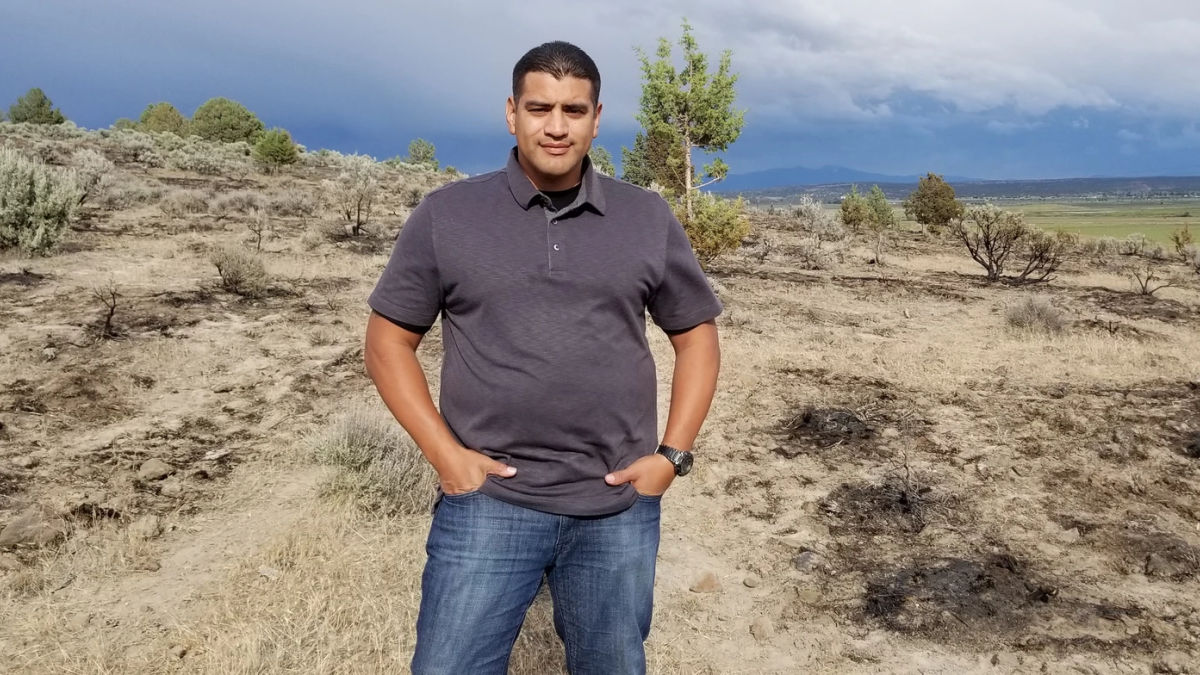ASU researcher comments on occupational licensing barriers

Dario Gurrola has spent thousands of dollars and several years of his life trying to realize his dream of becoming a full-time firefighter in California. He’ll even be on the front lines for the next several months, battling blazes in the northeastern part of the state with Cal Fire.
But no matter the amount of work Gurrola puts in — or the number of fires he puts out — his criminal record means that he has almost no chance of ever getting a full-time position doing what he loves, even though he was released from prison nearly a decade ago.
Gurrola, a 38-year-old living in Alturas, a small city near the Oregon border, isn’t eligible for most full-time jobs at one of the state’s 900-plus municipal fire departments. He can’t get the emergency medical technician certification that’s required. A California occupational licensing regulation prohibits anyone with two felonies for a lifetime and those with a single felony for 10 years. Gurrola has two felony convictions, so he’s forever restricted to positions that don’t require the license, including seasonal and volunteer jobs.
The rules, which criminal justice advocates have attacked as arbitrary and unnecessary, can present hurdles to people exiting the prison system and looking for the sort of skilled labor that makes them less likely to reoffend. In fact, states with significant occupational licensing barriers can also expect higher recidivism rates, according to Stephen Slivinski’s research. He’s a senior research fellow at the Center for the Study of Economic Liberty at Arizona State University.
“These laws are really designed to try to keep people out of professions,” Slivinski said. “This is just one more lever, or one more barrier.”
The regulations also likely impact people of color more, too, since Latinx people and African Americans have a higher rate of incarceration.
Article source: VICE NewsMore ASU in the news

ASU celebrates new Tempe campus space for the Labriola National Data Center

Was Lucy the mother of us all? Fifty years after her discovery, the 3.2-million-year-old skeleton has rivals
